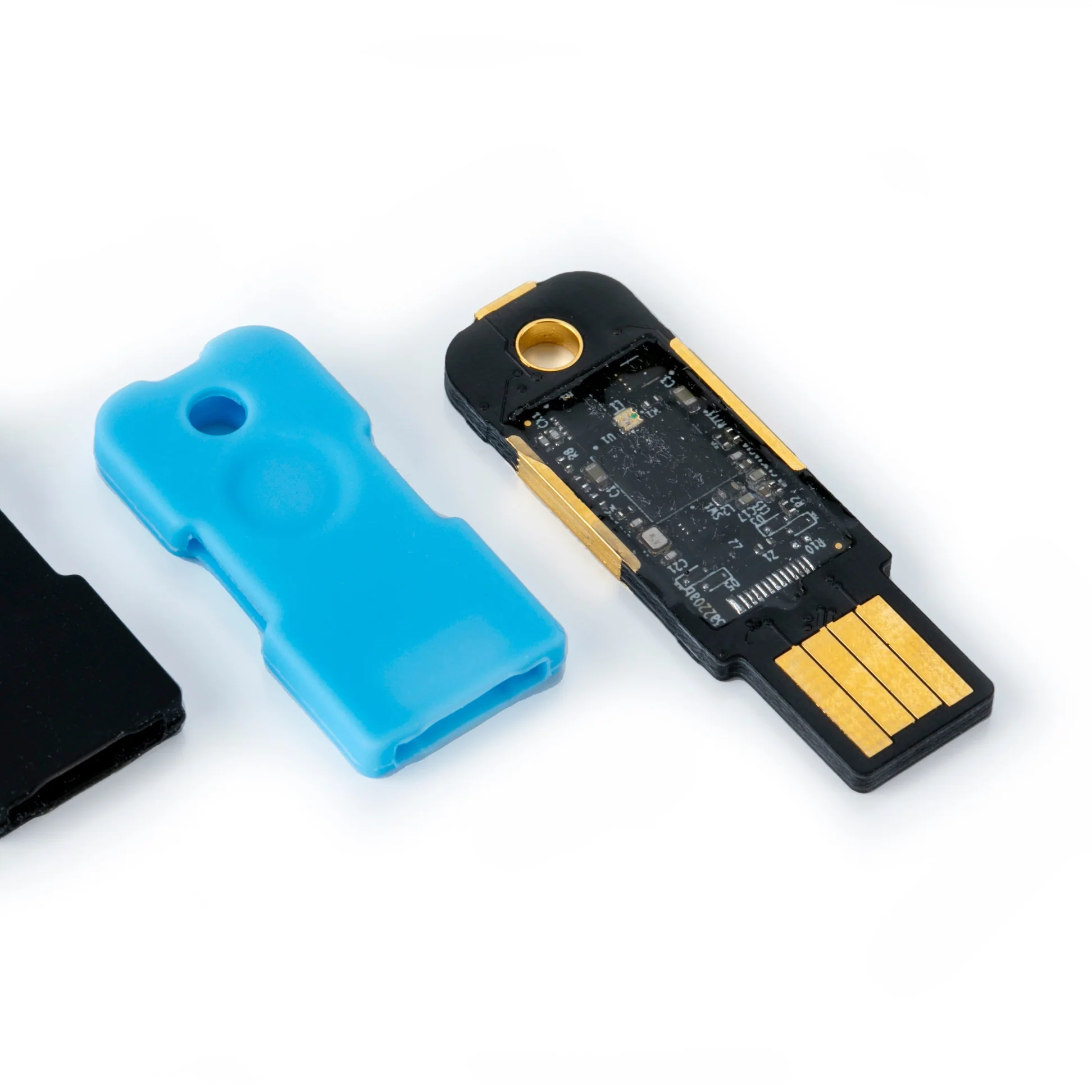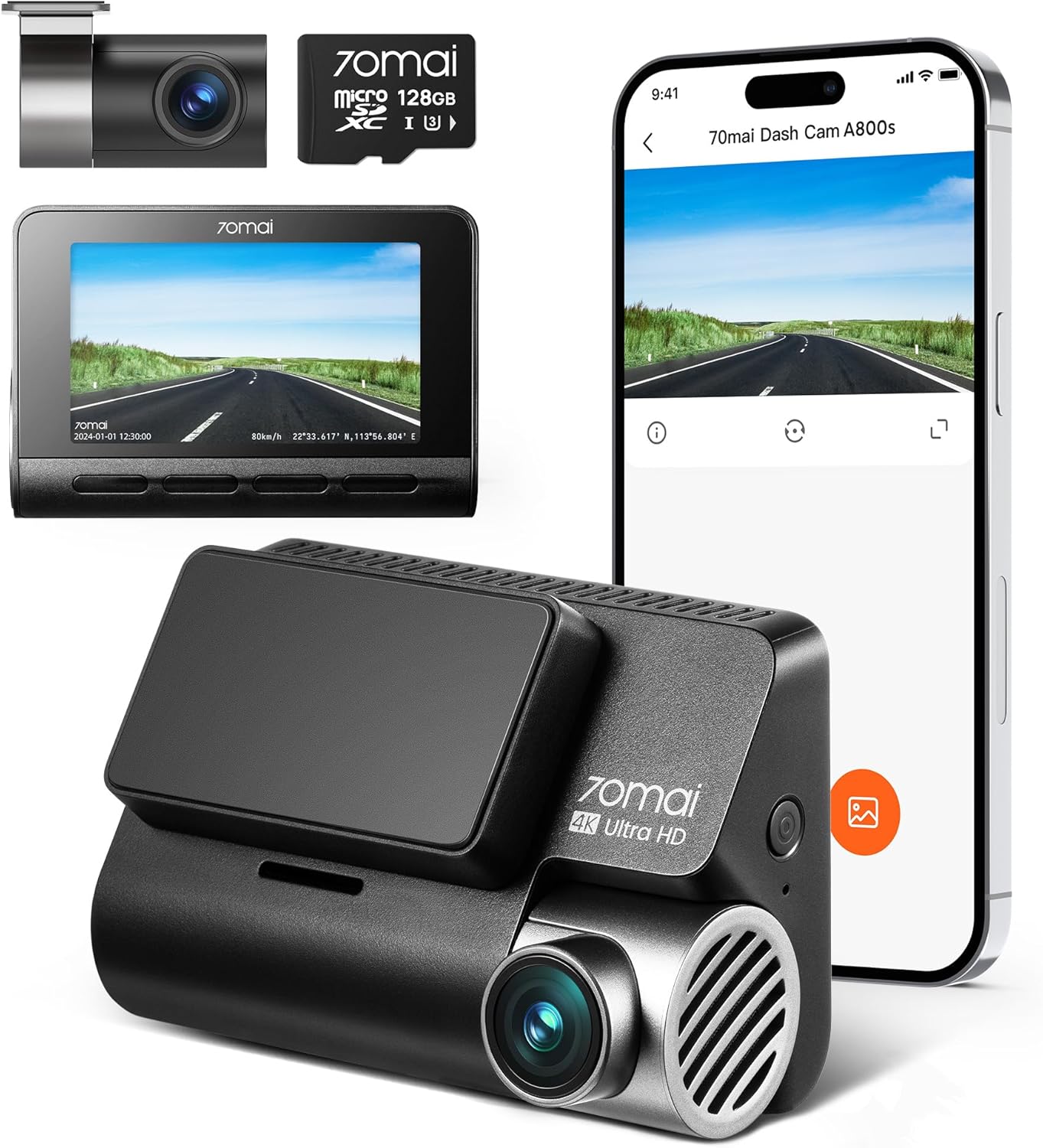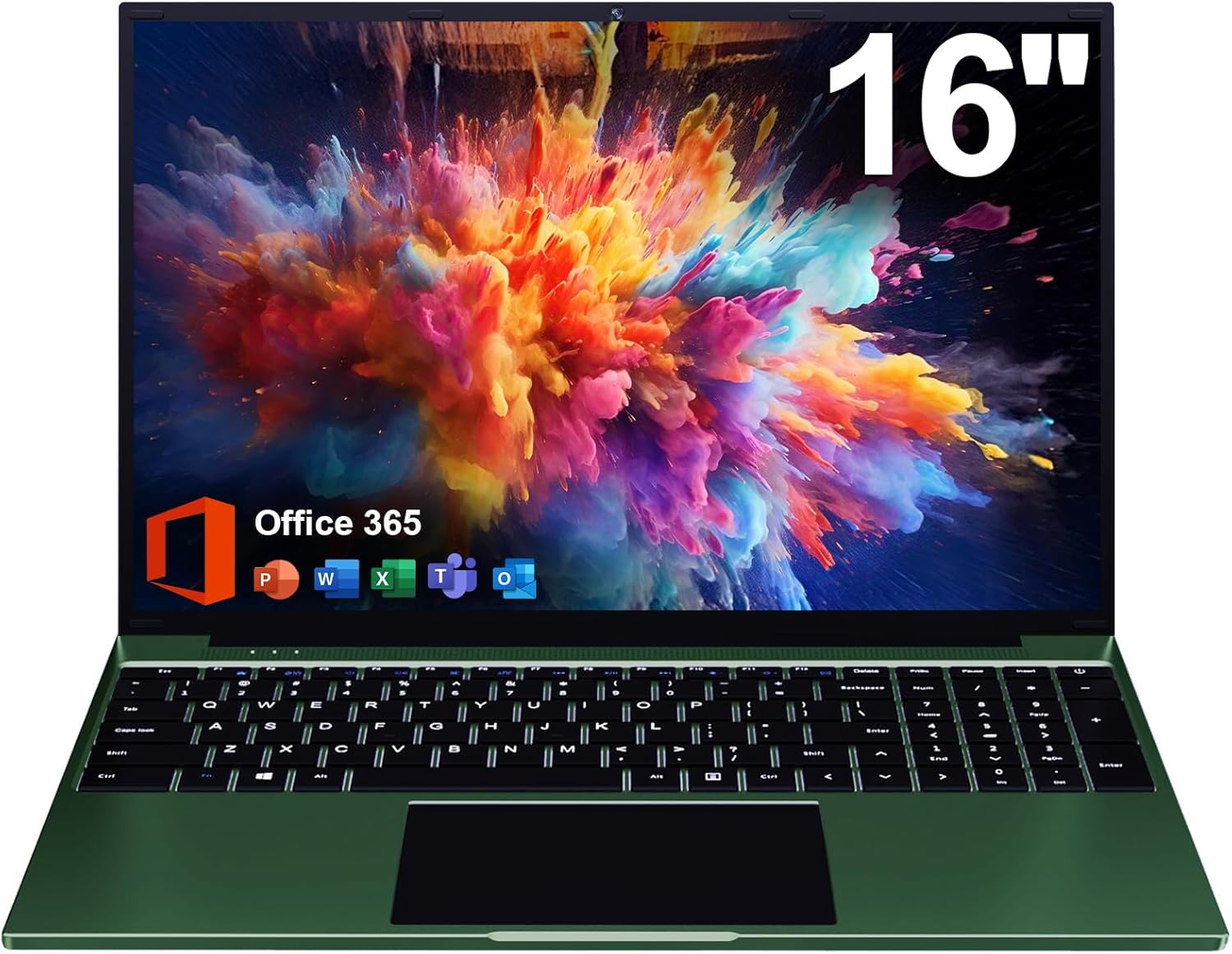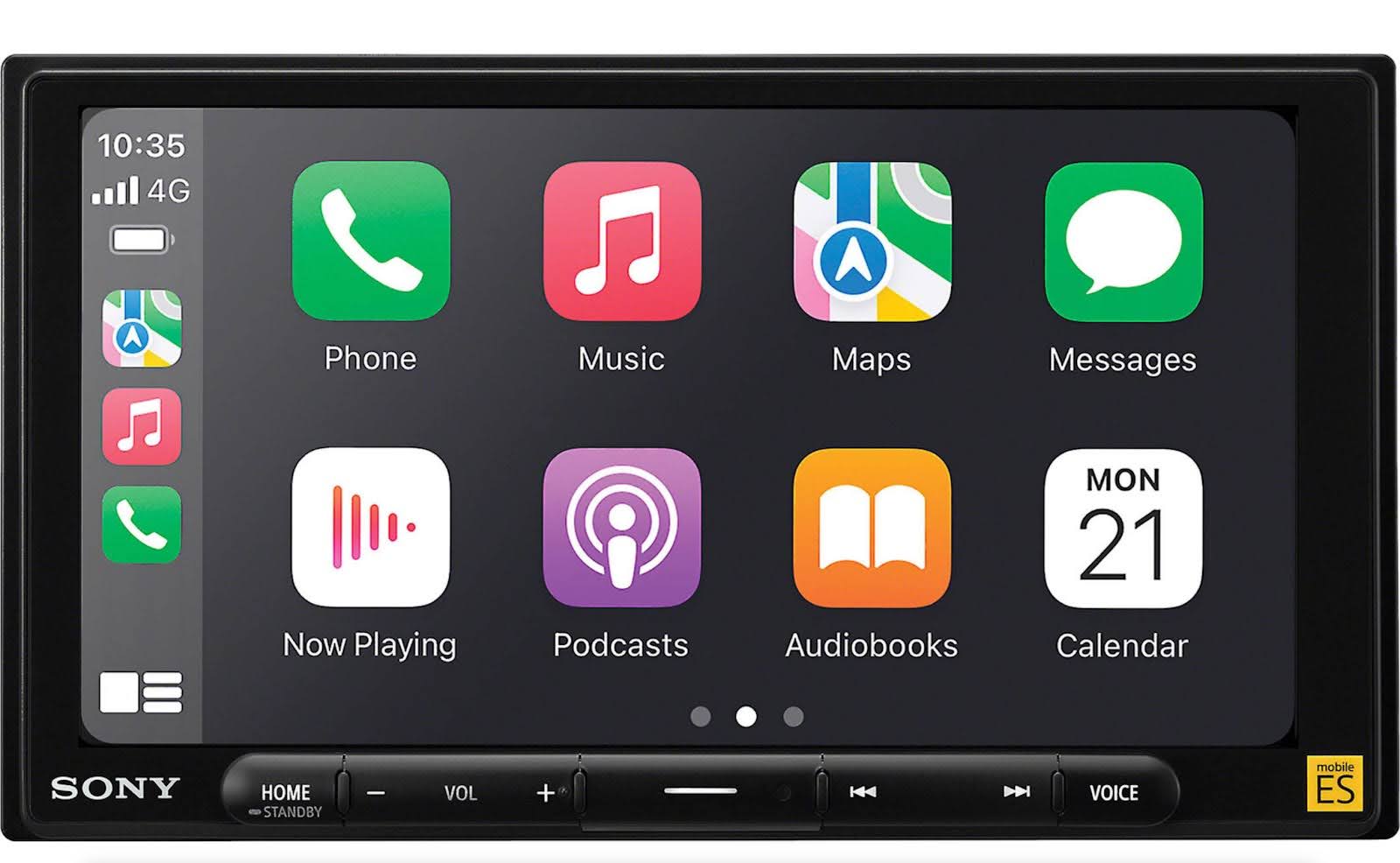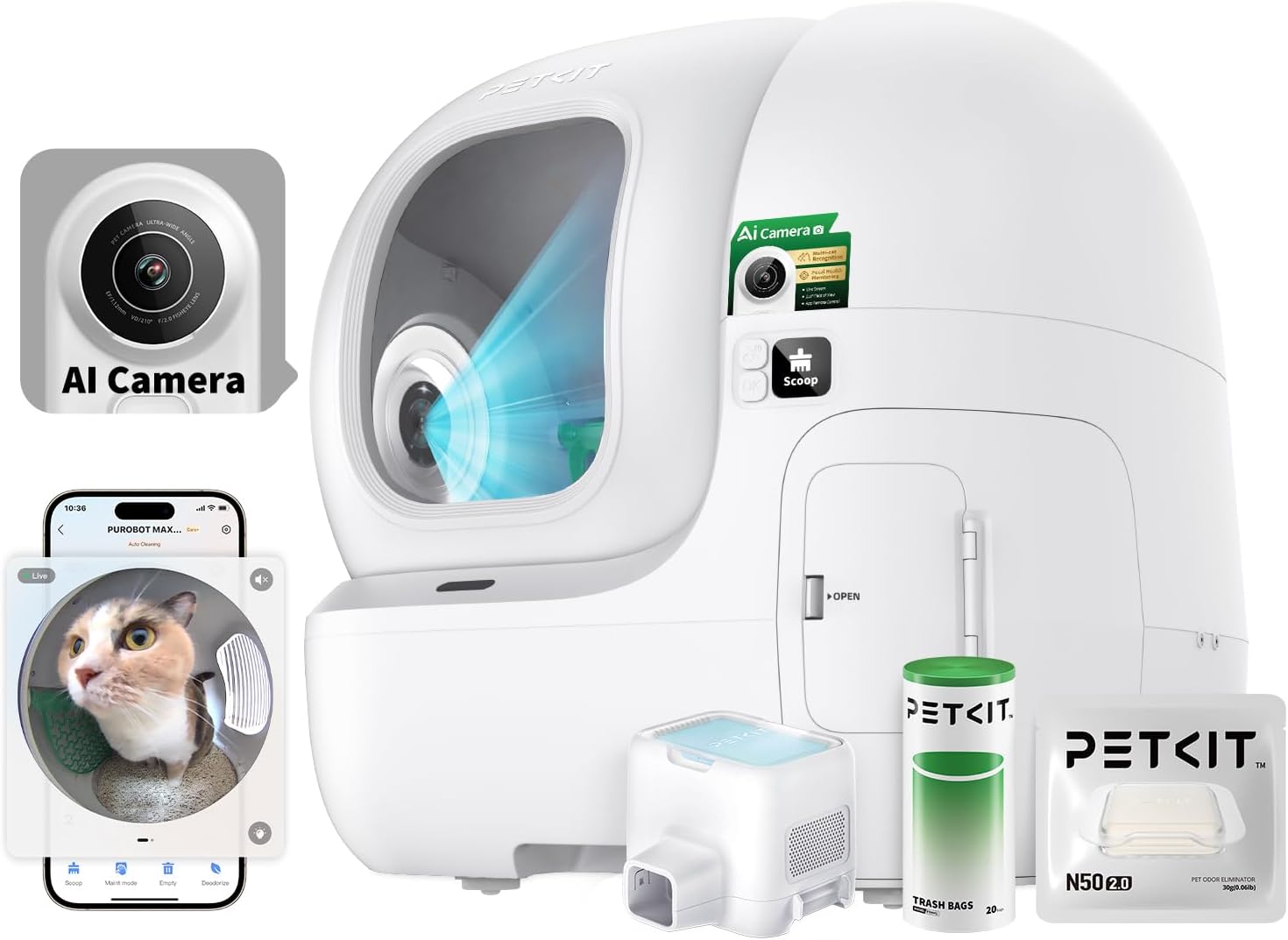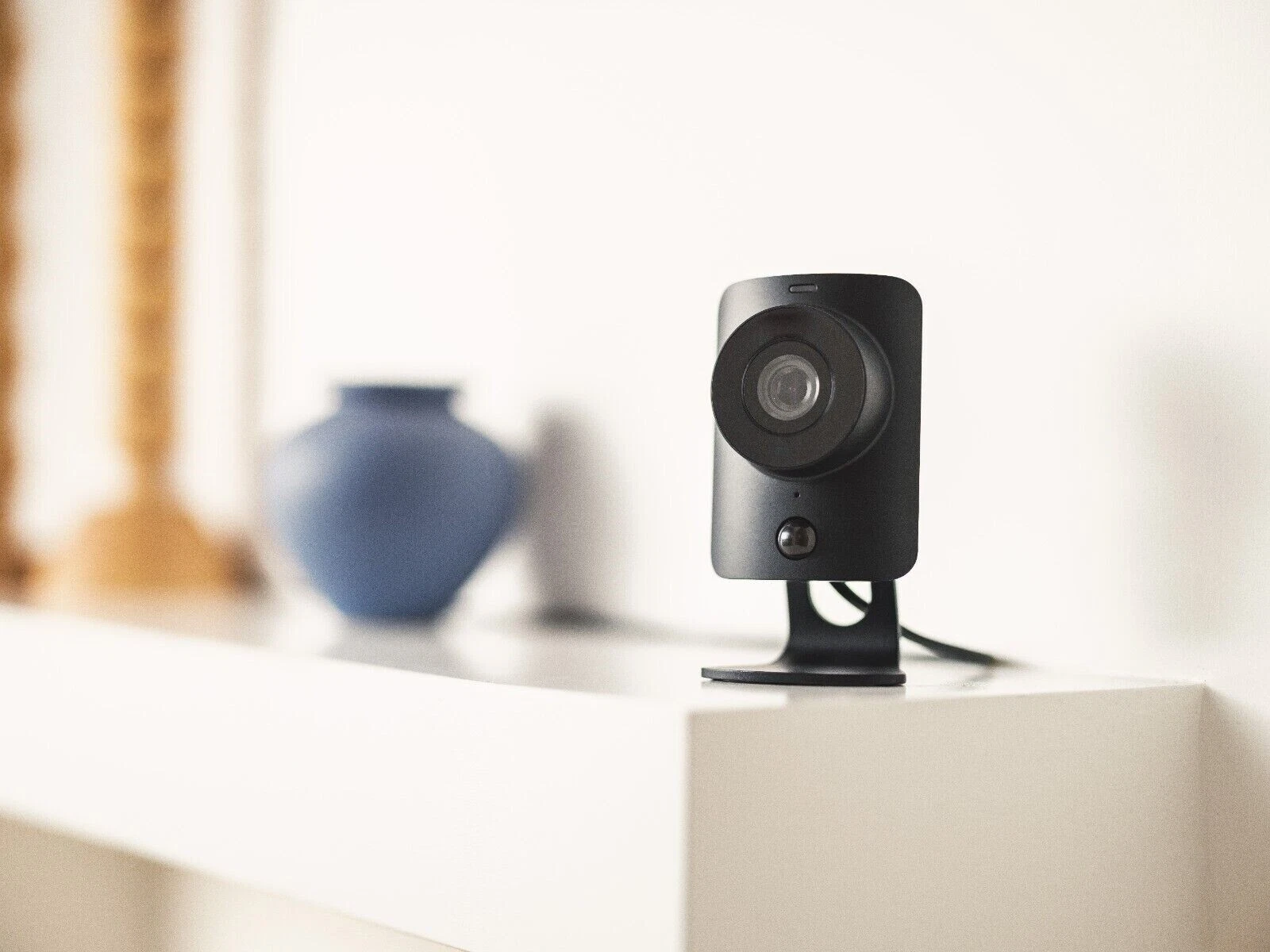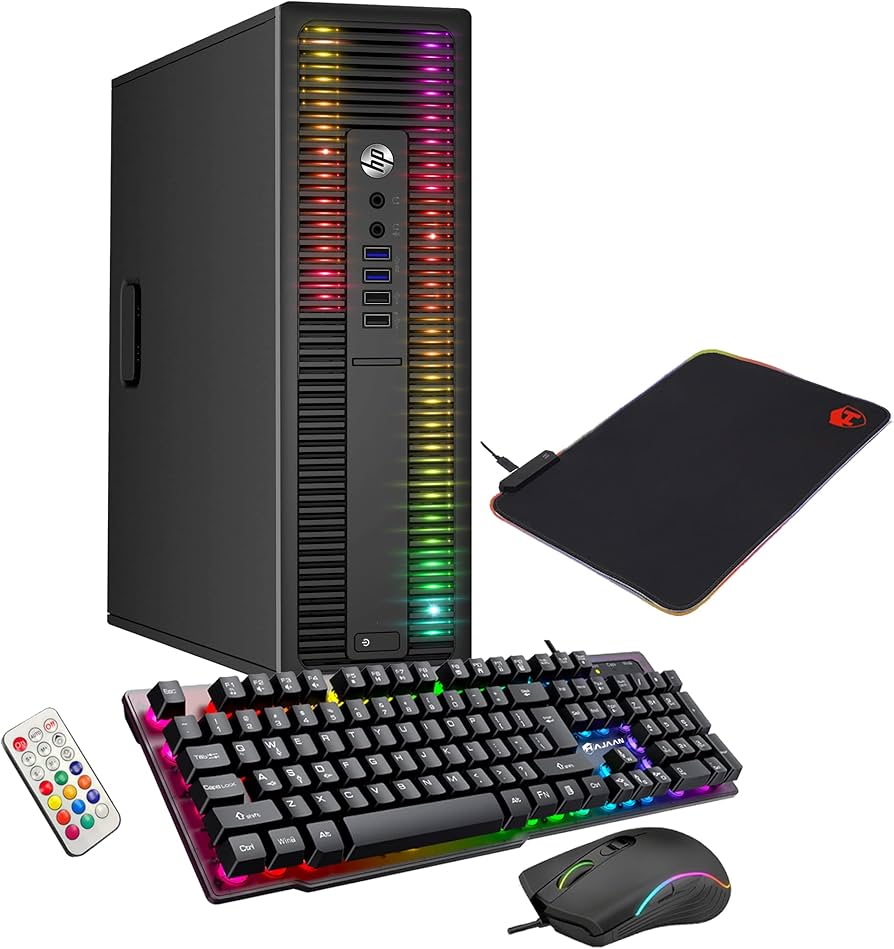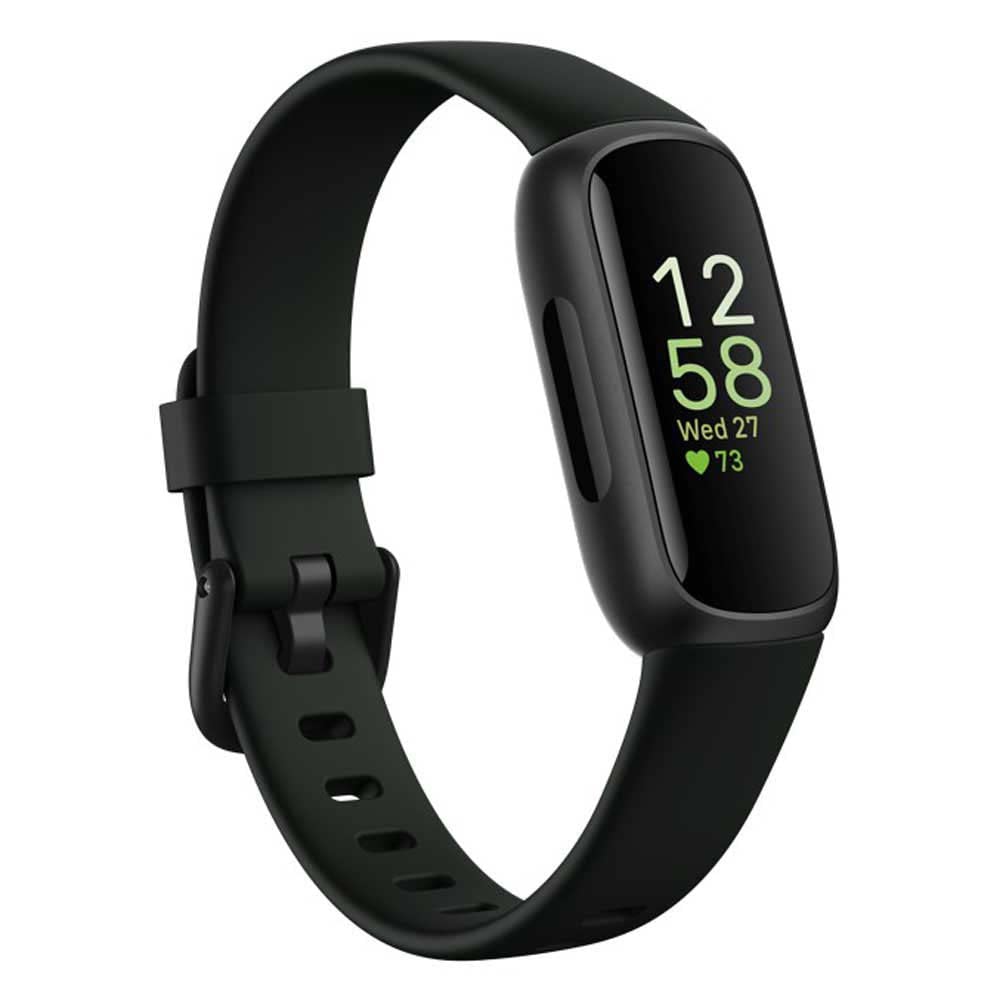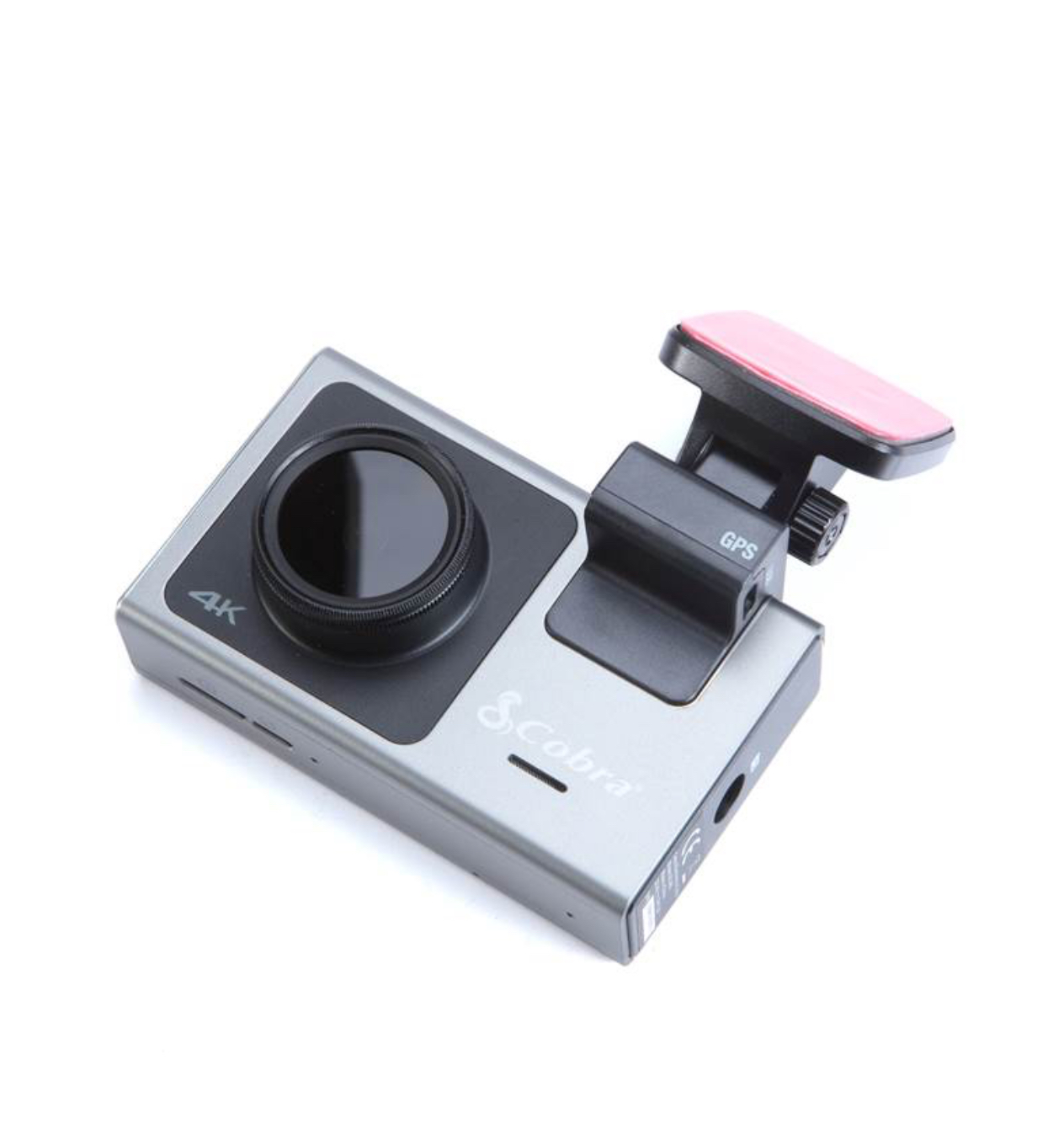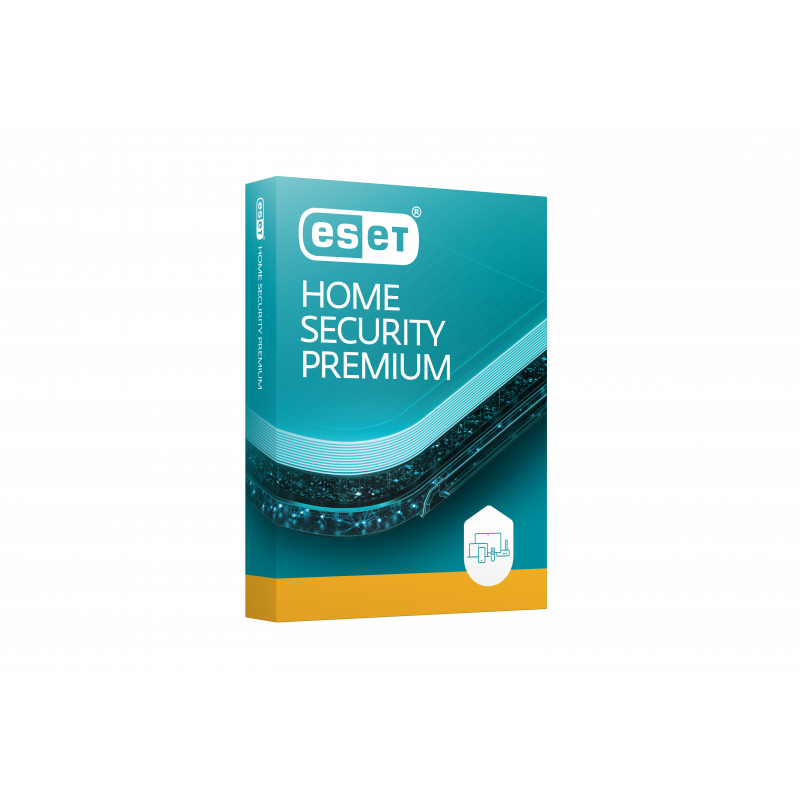In a digital age where security breaches are constant and passwords are no longer enough, hardware-based security keys have emerged as a powerful solution. One such device that leads the way is the Solo 2 USB-A Security Key (Built with Trussed®). Designed for security-conscious users, developers, and organizations, this compact key offers FIDO2, U2F, WebAuthn, and OpenPGP support — all while being ultra-portable and durable.
This article takes a deep dive into the features, technology, and use cases of this advanced USB-A security key — and why it might just be the only key you ever need for your digital life.
Shop Solo 2 USB-A Security Key
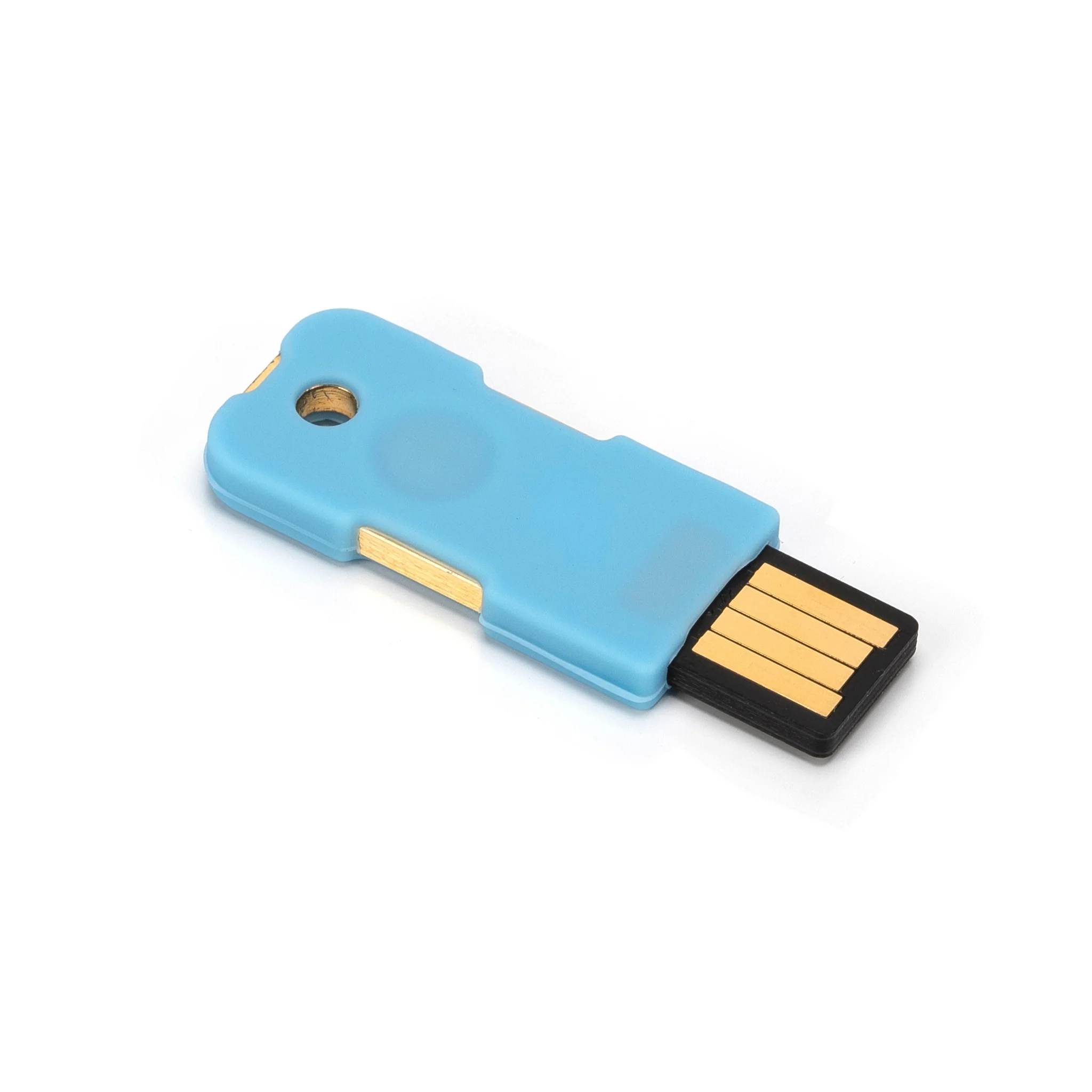
What Is the Solo 2 USB-A Security Key?
The Solo 2 USB-A Security Key is a second-generation hardware security key developed by SoloKeys, built on open standards like FIDO2 and powered by Trussed®, a secure embedded firmware framework. It connects via the widely compatible USB-A port and helps users authenticate to websites, apps, and systems securely — without relying solely on passwords.
The key is compact, rugged, and made with privacy by design. It’s open-source, transparent, and independently auditable — which puts it ahead of many proprietary competitors when it comes to trust.
Shop Solo 2 USB-A Security Key
Key Features and Capabilities
The Solo 2 isn’t just another hardware key. Here’s what sets it apart:
1. Built with Trussed® Firmware
The most defining feature of the Solo 2 USB-A key is its use of Trussed®, a secure embedded operating system designed specifically for cryptographic applications. Trussed provides the foundation for everything this key does — from key management to secure communication — and it’s both modular and auditable.
This allows SoloKeys to continually improve the firmware while keeping it open and trustworthy for security experts and developers.
2. USB-A Connectivity
The Solo 2 is equipped with a USB-A connector, making it compatible with a wide range of desktops, laptops, and servers. Whether you’re plugging into a MacBook (with a USB adapter) or a Windows/Linux workstation, the setup is effortless. This design targets enterprise and personal users alike who rely on the traditional USB-A interface.
3. Multi-Protocol Support (FIDO2, U2F, WebAuthn)
Out of the box, the Solo 2 USB-A Security Key supports:
- FIDO2 for modern, passwordless authentication
- U2F (Universal 2nd Factor) for legacy support with Google and other services
- WebAuthn for secure logins to web applications and services
This means you can use one key for almost all your digital accounts — from GitHub to Google Workspace, Dropbox, Microsoft, and more.
4. OpenPGP + PGP Support
A unique feature of the Solo 2 is its compatibility with OpenPGP, allowing secure signing, encryption, and authentication in environments where PGP is standard. It’s ideal for developers and sysadmins working with secure messaging, code signing, or Git commit verification.
5. Tamper-Resistant and Durable Build
SoloKeys built this device to last. The key features a reinforced plastic body that’s resistant to breakage, and its internal cryptographic secrets are protected by a secure element. This makes hardware attacks exceptionally difficult, if not impossible.
Shop Solo 2 USB-A Security Key
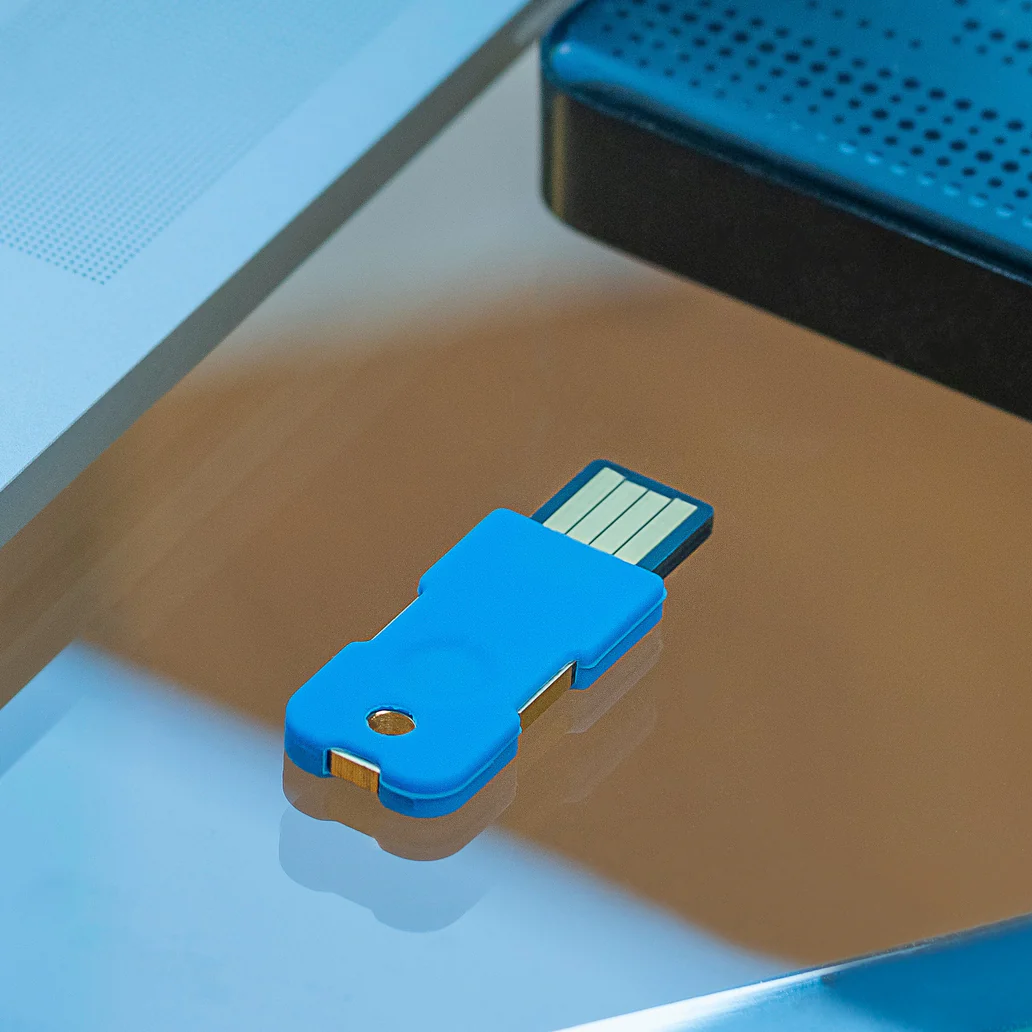
Why Use a USB-A Security Key?
You might wonder: “Why use a hardware key when I can use my phone for 2FA?” The answer lies in reliability and resistance to phishing.
1. True Phishing Protection
Unlike SMS or app-based 2FA, hardware keys based on FIDO standards perform cryptographic verification tied to the domain you’re logging into. This prevents phishing sites from tricking you into handing over authentication codes.
2. Passwordless Login
FIDO2 support in the Solo 2 USB-A Security Key enables you to log in with just a touch of your key — no passwords required. This makes it both faster and more secure.
3. Offline, Portable Security
Your security travels with you. Since the Solo 2 key doesn’t require an internet connection, it works even in highly secure or air-gapped environments. Plus, it doesn’t store personal information, which protects your privacy.
Compatibility and Use Cases
The Solo 2 is plug-and-play with many major services and platforms. Let’s explore some practical use cases:
1. Personal Account Security
From Gmail to Dropbox, using the Solo 2 to protect your personal accounts adds a strong layer of defense. Setup is usually as simple as registering your key with your account under the security settings.
2. Developer and DevOps Workflows
For developers, the Solo 2 is a perfect match. Use it for:
- Signing Git commits
- Authenticating to GitHub and GitLab
- Securing SSH keys
- PGP-based signing and encryption
It simplifies complex key management with rock-solid security.
3. Enterprise Authentication
Companies looking to enforce strong security policies can deploy the Solo 2 USB-A Security Key across employee systems to:
- Enforce 2FA for enterprise logins
- Implement zero-trust architectures
- Secure cloud platforms like Azure AD, AWS, GCP
With its broad protocol support, the Solo 2 integrates with virtually all enterprise identity providers.
4. Government and Regulated Environments
Thanks to its OpenPGP and Trussed-based architecture, the Solo 2 is well-suited for use in high-security environments, such as:
- Government agencies
- Financial institutions
- Health systems handling sensitive records
Shop Solo 2 USB-A Security Key
Setup and Ease of Use
Getting started with the Solo 2 is refreshingly simple:
- Plug the key into a USB-A port
- Visit a compatible service (e.g., Google Account settings)
- Register your key as a 2FA method or security device
- Touch the sensor when prompted — and you’re in
No drivers are needed for most systems. It just works out of the box on Windows, macOS, Linux, and ChromeOS.
Security Behind the Scenes
Let’s explore the advanced security architecture that powers the Solo 2:
1. Secure Element
The cryptographic operations — such as key generation and signing — are performed inside a tamper-resistant secure element chip. The private keys never leave this chip, making them immune to extraction via software attacks.
2. Trussed® OS
Trussed acts as the operating system for the secure element. It’s minimal, written in Rust (a memory-safe language), and designed from the ground up for cryptographic applications. It handles:
- Key lifecycle management
- Cryptographic APIs
- Secure storage
Since it’s open-source, developers and security researchers can audit it to ensure there are no backdoors or vulnerabilities.
Shop Solo 2 USB-A Security Key
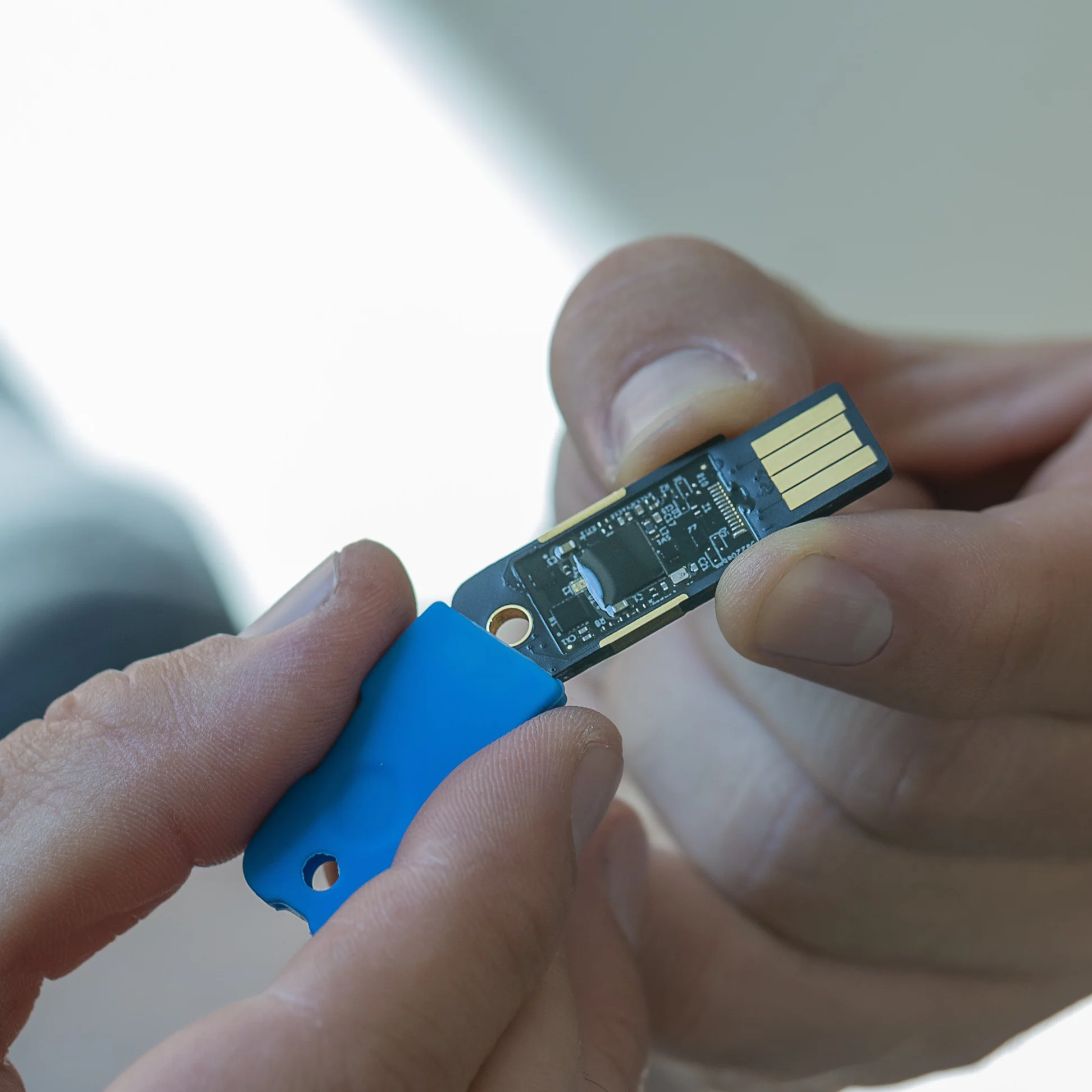
Open Source and Transparency
One of the most appealing aspects of the Solo 2 USB-A Security Key is that both its hardware schematics and firmware (Trussed®) are open-source. This is a major trust booster, especially for users concerned about opaque proprietary firmware.
Transparency ensures that SoloKeys is accountable — and gives users confidence that the device works exactly as promised.
Pros and Cons Summary
✅ Pros:
- Built on FIDO2, U2F, WebAuthn, and OpenPGP standards
- USB-A plug-and-play compatibility
- Tamper-resistant design
- Powered by open-source Trussed firmware
- Supports passwordless logins and phishing-resistant 2FA
- Easy to set up and use
- Supports advanced developer workflows (GPG, SSH)
⚠️ Cons:
- No NFC or USB-C (you’ll need an adapter for newer laptops)
- Not as compact as some nano keys (though more durable)
- Some services still don’t support FIDO2 (though this is changing fast)
Who Should Buy the Solo 2 USB-A Key?
This key is ideal for:
- Tech-savvy users who want more secure alternatives to app-based 2FA
- Developers and sysadmins working with SSH, Git, and PGP
- Enterprises deploying hardware-backed authentication
- Security-conscious individuals who value privacy and open source
If you want a future-proof, reliable, and transparent key — without switching to USB-C — this is your tool.
Shop Solo 2 USB-A Security Key

Final Verdict
The Solo 2 USB-A Security Key (Built with Trussed®) sets a new bar for what a security key can be. Combining industry-standard authentication protocols, open-source firmware, and robust hardware design, it’s perfect for anyone serious about digital security.
Whether you’re a developer pushing secure commits, a privacy advocate avoiding phishing, or an IT admin rolling out passwordless logins across an organization — the Solo 2 delivers dependable, verifiable protection in a compact, no-nonsense package.
FAQs
1. What’s the difference between Solo 2 and the original SoloKey?
The Solo 2 uses the newer Trussed® firmware and offers expanded protocol support and improved security. It’s also more durable and production-ready for enterprise use.
2. Can I use the Solo 2 key on mobile devices?
Yes, but only with an appropriate USB-A to USB-C or Lightning adapter. For direct smartphone use, SoloKeys offers other models with NFC.
3. Does the Solo 2 support password managers like 1Password or Bitwarden?
Yes, if the password manager supports WebAuthn or FIDO2, the Solo 2 can be used as a login device.
4. Is the firmware really open-source?
Absolutely. Trussed® and the Solo 2 hardware specs are open-source, hosted on GitHub, and open for audit or community contribution.
5. What operating systems are compatible with the Solo 2?
It works on Windows, macOS, Linux, and ChromeOS — no drivers required.
6. How is the key secured against physical attacks?
It uses a tamper-resistant secure element and encloses sensitive operations in Trussed firmware, making physical extraction of private keys virtually impossible.
7. What if I lose my Solo 2 key?
You should always register at least two keys per account or keep a secure backup method (like another key or recovery code) to ensure you don’t lose access.
8. Can I use the Solo 2 with my enterprise identity provider (IdP)?
Yes, it supports integration with platforms like Azure AD, Okta, and Google Workspace using FIDO2/WebAuthn.

